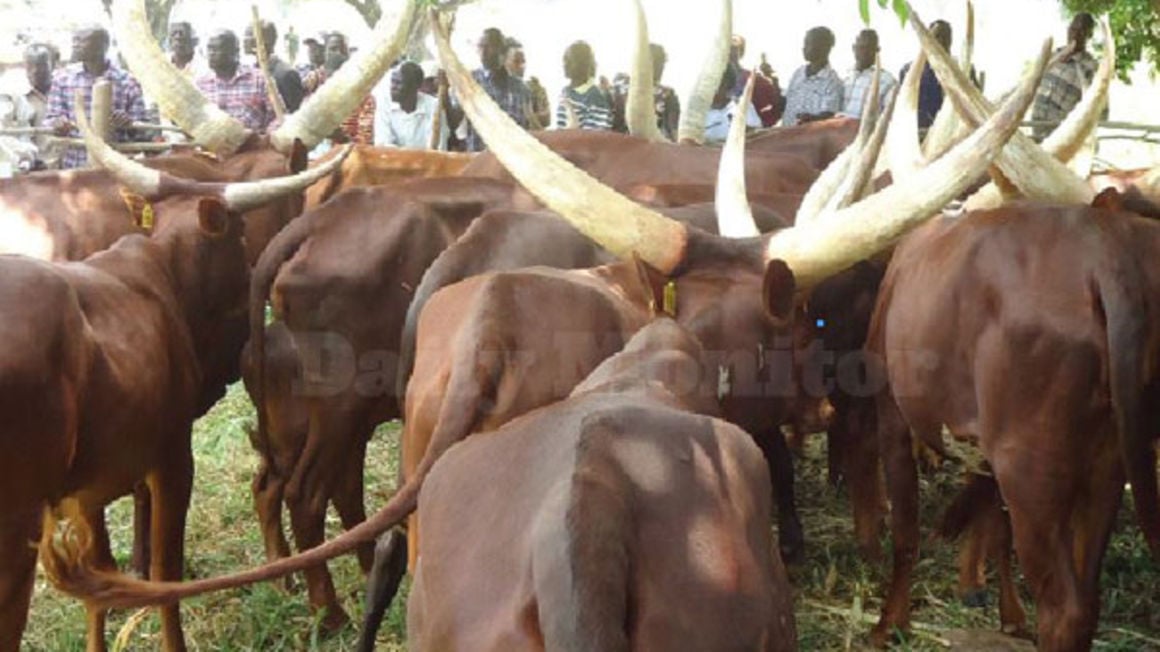Prime
How pastoral livelihoods can be supported to stop conflicts

What you need to know:
Communities always conflict with the nomads as the pastoralists wander about, looking for food and water for their animals
For many years, mobile pastoralism has been the lifeline of communities in many parts of the world. From the Zulu community of South Africa through to Karamoja in Uganda; and to Berbers of North Africa, we have a big livestock-keeping community. We even have livestock communities on continents other than Africa. Across the Australasian part of the globe, there are the Australia’s rangelands. And in Nepal, the Humla, Limi, Dolpo and Mustang regions of Nepal feature prominently among the livestock places. So, we see that a significant population of Africans, Asians; and the Europeans and South Americans are still stuck with the pastoral style of life, of moving from place to place to look for a conducive ecosystem for their livestock. They are majorly dependent on their livestock for livelihood and survival.
It is a reality that we cannot ignore . However, these people moving from place to place often cause conflicts. Communities always conflict with the nomads as the pastoralists wander about, looking for food and water for their animals. Most times, these conflicts leave people dead. Communities lose their livelihoods because of the rustling manners of the nomads. We saw it a few days ago when a team of government officials fell in an ambush of pastoralists in Moroto District while on their way to a government mission. A group of nomads attacked the vehicle they were travelling in and shot at them. Five people died in the process. It shows how dangerous the nomadic communities can become when on rampage. Communities neighbouring pastoralists are always vulnerable to such attacks. They are always worried about security threats posed by the raiders. Whenever the onset of the dry season approaches, it triggers movements of pastoralists to look for green vegetation and water for their animals. In the process, this mobility forces livestock owners to take advantage of the available local ecosystems of communities that they raid. They may be raiding a community of cattle keepers. In a bid to defend themselves, this always leads to violence.
There is a need to stop the cross-border movements of pastoralists, by putting in place facilities that allow livestock keepers to stay in one place as they look after their animals with little difficulty.
They need the facilities that force them to wander with their animals to other places to be provided in their localities. Establish vocational schools with programmes that train nomads in livestock management in one place without being forced to move.
These vocational institutions would absorb the young boys and girls and occupy them with the learning that will create a change in their way of nomadism. There is a need to construct water sources such as boreholes for livestock to ensure that water is available even in the driest periods of the year for animals. That will replace the valley dams that dry up during the dry season.
It will improve the resilience of nomadic communities. In so doing, the nomads will not find reasons to wander to other communities and cause conflict. They will then stay put. There is also a need to support pastoralists with a ready market for livestock and livestock products so that they can sell their animals and get money to finance the other aspects of their life.
Create an efficient enforcement mechanism that does not give these guys the time to disturb other people. Such measures will ensure that nomads are not stranded and eliminates conflicts with other communities. And there would not be an environment for cattle raids with other communities. Such will ensure the safety of people, as communities will be free from attacks by rustlers.
Simon J. Mone, Civil engineer, [email protected]




